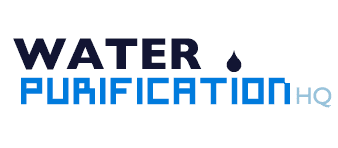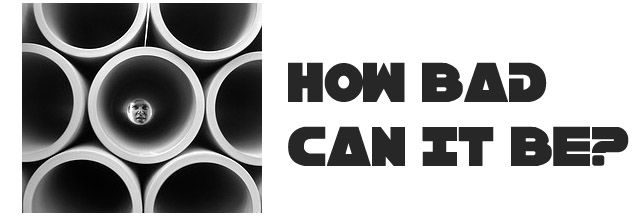In the United States, much of the water infrastructure is old. In some cases, it is up to 100 years old, but in most cities, the water infrastructure is dated to the period just after World War II. The question is, what does this mean for our water quality.
Dated piping is a real concern when it comes to water purity. The biggest problem with old, corroding pipes is that they can cause lead to enter the water. Lead is perhaps the most destructive water contaminant. It can have serious health consequences, even in small doses. It is an especially harmful contaminant for infants and young children as it can cause brain damage and other problems with development.
For pipes that are truly old and damaged, there could be additional health risks. For instance, it may possible for sewage or other contaminants to enter the pipe. If you needed a reason to embrace water purification, this should cover it for you.
The EPA and other government bodies maintain that pipes have a long life and there is often little risk carried by the nation’s water infrastructure, as old as it may be. There is also lots of talk about overhauling this infrastructure. This has begun in some places, but it is a major undertaking that won’t be completed for years. And of course, the completion of such a project is contingent on adequate government funds, something that has been lacking in recent years. Currently, the EPA estimates the gap between needed spending and actual spending to be around $500 billion dollars. Let that sink in for a moment.
We have so far been talking about municipal water pipes, but there are also issues with pipes that are actually installed in the home. Depending on the age of the house, these pipes can also be in various states of corrosion or worse. Many people have started opting for plastic pipes in their home over copper or other metal forms of piping. Unfortunately, this can also have disadvantages depending on the kind of plastic piping you use. For more on this, check out this article from Science Daily.
The bottom line for us is to outfit your house with the best possible piping and then rely on a solid water purification system to make up for any shortcomings from the city or local government. At the end of the day, you can’t really trust the treatment facilities, the source, the piping, etc. – there are simply too many variables in this equation. Want to get started purifying the water in your house? Have a look at this post.
If you have thoughts about the affect of piping on water quality, please share your thoughts in the comments below.
Photo credit: http://www.flickr.com/photos/james_michael_hill/88311128/







{ 0 comments… add one }